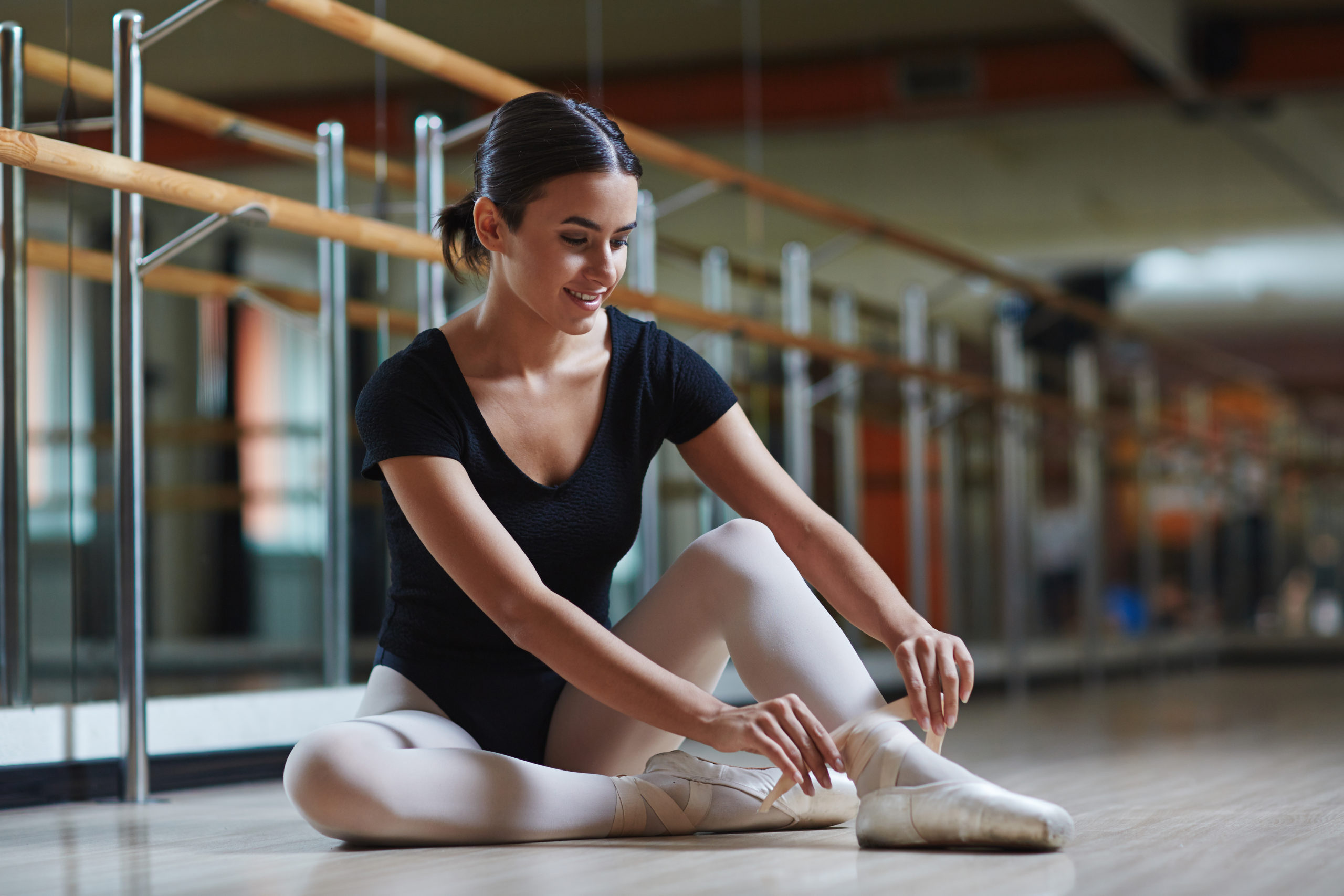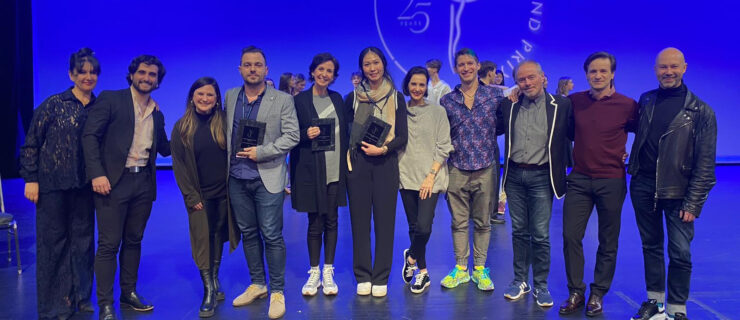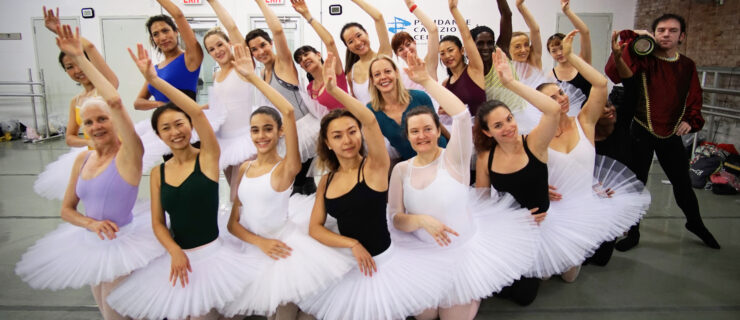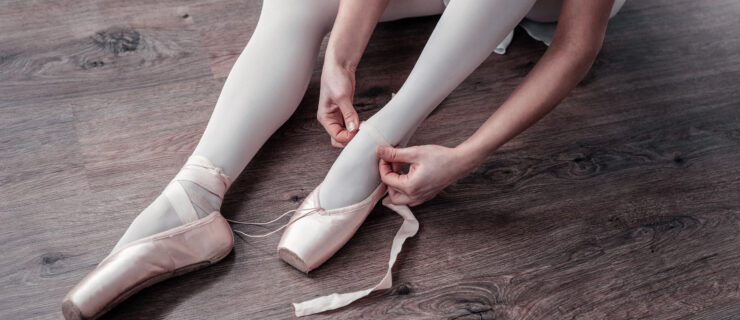Ask Amy: When Can I Start More Complex Pointework?
I started pointe several months ago—a year behind my classmates—and am still doing échappés, relevés and balances in the center. My teacher, however, is now encouraging me to do pirouettes and more complicated turns on pointe. When should I start doing complex variations and movements on pointe, without sacrificing technique or risking injury? —Lily
When you are physically and technically stable enough to do so! Once your teacher sees that your ankles and intrinsic foot muscles are strong and that you are able to maintain proper alignment and turnout on pointe, she’ll start pushing you to try more advanced steps.
The fact that your teacher is encouraging you to try turns in center is a good sign that you’re progressing. But you also need to continue mastering the fundamentals: rising onto the shoe without sickling, knuckling or rolling over your big toes; articulating your feet through the stiff box; and adjusting your center of gravity and balance on that smaller platform. It’s a process, and you’ll need to gain strength first on two feet, then on one.
You will probably spend most of this first year working on the basics, gradually linking more steps together and spending more time in the shoes as you grow stronger. I know you are eager to catch up to your classmates, but your teacher had your health and safety in mind by making you wait a year. And while it’s hard, starting pointework later is not a death sentence; I’ve known quite a few successful dancers who were once in your shoes! (Sorry, bad pun.) If you repeated pre-pointe classes last year or danced alongside your classmates on demi-pointe, you’ve likely developed a lot of foot and ankle strength already.
Though this pace may feel slow to you, laying this groundwork will help you avoid developing bad habits on pointe or getting injured. For now, focus on building this solid foundation. Any variations you learn down the road should be tailored to your skill level on pointe, starting with simpler ones (like Bluebird from The Sleeping Beauty). You’ll learn more complicated choreography over the next few years as you become stronger and more confident.





